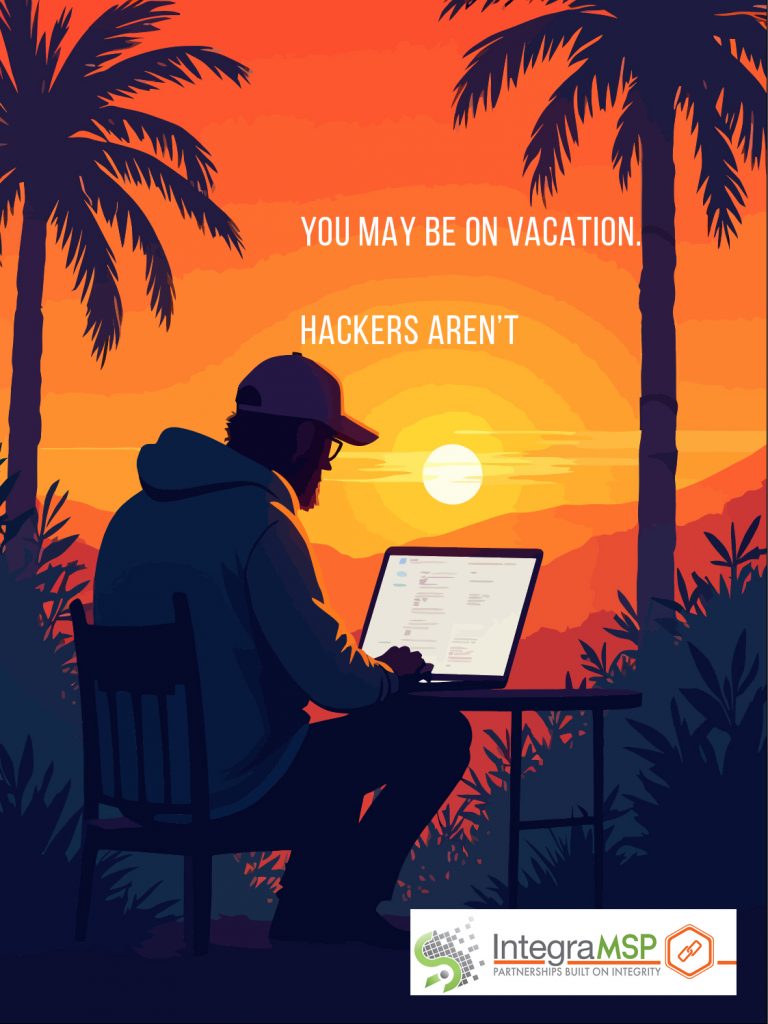
Hackers know July is peak vacation time. With employees in and out, out-of-office replies stacking up, and internal processes a bit looser, phishing emails can sneak through more easily.
- Fake messages from “HR” or “IT support” gain traction when the real staff is OOO
- Urgent requests seem more believable when managers are harder to reach
- People on vacation aren’t checking their inboxes as closely — making click-happy behavior more likely
Why Cybercriminals Exploit Relaxed Routines
Routine is security’s best friend. Summer breaks it:
- Temporary hires or coverage staff aren’t always trained on security protocols
- Work-from-vacation setups may use unsecured hotel Wi-Fi
- Email vigilance drops. Period.
All this equals a hacker’s paradise.
Best Practices for Remote Workers and Auto-Responders
Before you hit the beach:
- Update auto-responders: Don’t overshare. No details on who's out or for how long.
- Secure remote access: Use VPNs and multi-factor authentication (MFA) for any remote logins.
- Limit device use: Avoid accessing sensitive data from personal or public devices.
- Brief the team: A 10-minute security refresh can prevent a 10-week recovery headache.
MSP-Managed Threat Monitoring
Here’s where we come in — your friendly, never-on-vacation IT squad:
- Real-time phishing detection and URL blocking
- Automated alerts if suspicious behavior is detected
- Continuous monitoring of endpoints, email, and network traffic
- Security patches and updates applied even while you’re off the grid
Because summer should come with sunscreen, not ransomware.



